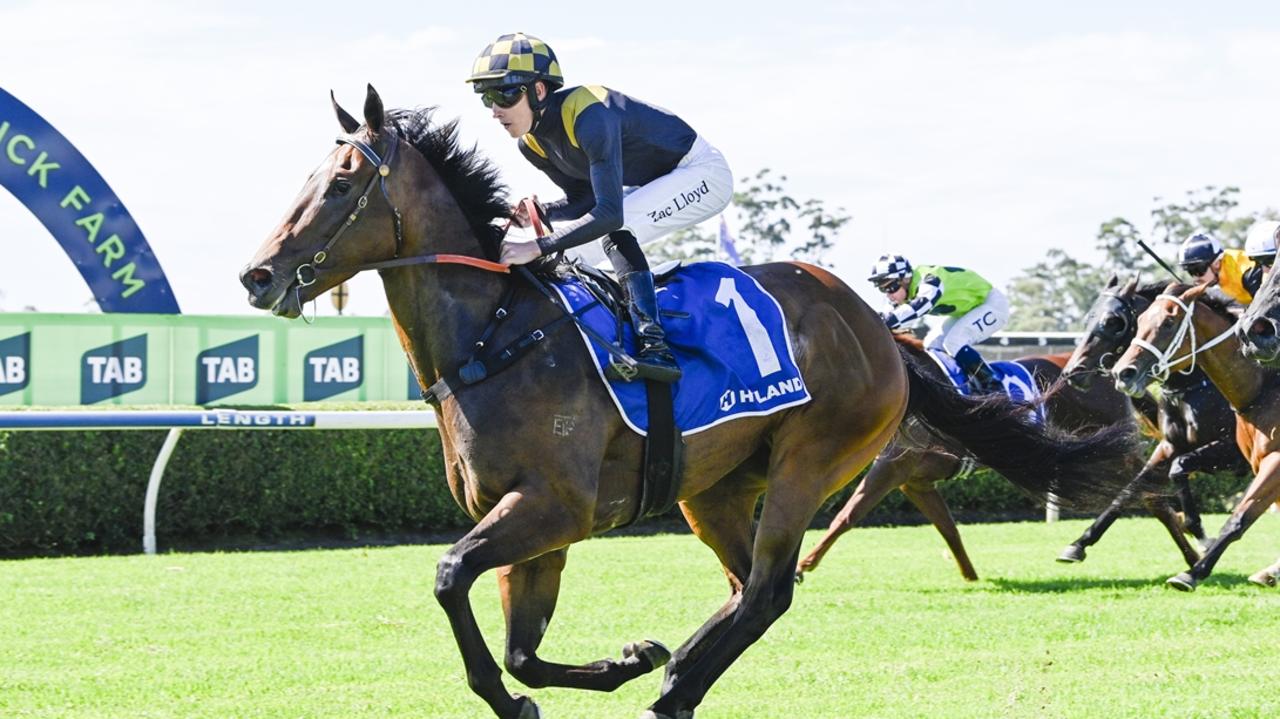Exclusive book extract from Winx: The Authorised Biography
THE odds against Winx being born were outrageously long — like hitting a hole-in-one in the British Open with a broken broomstick, but that’s how it happened. READ THE EXTRACT FROM THE BOOK OUT NOW
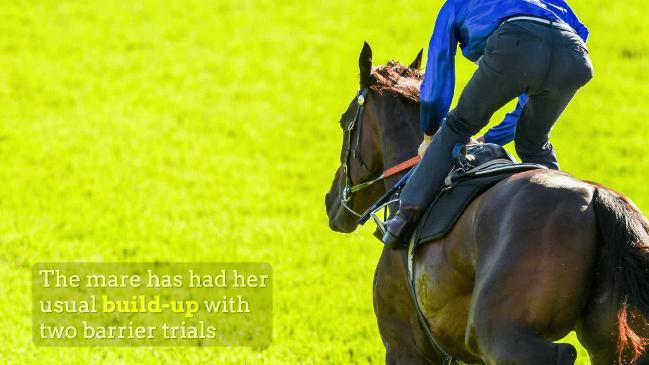
SuperRacing
Don't miss out on the headlines from SuperRacing. Followed categories will be added to My News.
WINX is the accidental champion, the result of two wonderful strokes of bad luck.
The odds against her being born at all were outrageously long because her mother was the result of a breeding “accident”.
And the longevity of her stellar racing career was shaped by a paddock injury that seemed a serious setback at the time.
The first part of the story behind the story of Winx belongs to a Kiwi horse breeder named John Corcoran, who originally comes from the remote Southland grazing country that produces world champion shearers, Huntaway dogs and regrettable sheep jokes. Call it the gambler’s tale.
WINX OWNER DEBBIE KEPITIS ON HOW THE HORSE CHANGED HER LIFE
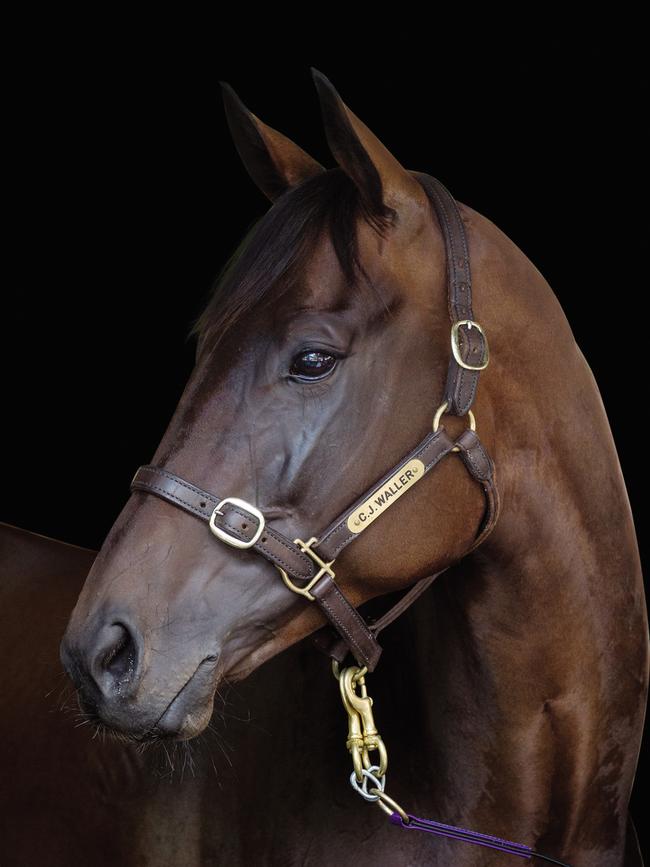

Corcoran is a seasoned storyteller and likes to set up the punch line from a long run-up. First he tells how he turned $8 into $33,000 in the 1970s with one “pick six” bet that bought his stud property. Without that bet — six winners at total odds of better than 4000-1 — Winx would not have been bred.
The second part of the unlikely story is of the “wrong stallion” standing in to cover Winx’s grandmother Vegas Magic after the “right stallion” dropped dead at the key moment.
The odds against those three things happening are longer than hitting a hole-in-one in the British Open with a broken broomstick, but that’s how it happened.
HOW TO LEAVE THE CAULFIELD CUP CASHED UP
PREDICTED FINISH FOR EVERY RUNNER IN THE CAULFIELD CUP
Corcoran tells how he went looking for a stallion in the late 1990s and found two. One was Batavian, who came straight off the track from the Graeme Rogerson stable on a share deal. The other was the Aussie battler Al Akbar, who was going out of fashion and going cheaply.
Rogerson, the P.T. Barnum of racehorse training and breeding, owned more horses than he could count. Among them was an undistinguished mare by an American-bred stallion named
Voodoo Rhythm. Voodoo Rhythm’s name sounds like a Rolling Stones song, but as a stallion he was more of a suburban pub rocker. But he did leave some good-looking stock, and those looks were passed on to the mare, Vegas Magic, and her offspring.
Vegas Magic was a mediocre racehorse — she won two weak races — but was destined to distinguish herself more as a producer than a galloper. The failed race mare would become an unusually fertile mother. In 13 seasons of breeding, she produced 10 youngsters that were sound and promising enough to be registered to race.
Eighth of the 10 was the handsome filly that would be called Vegas Showgirl, foaled when Vegas Magic was 17.
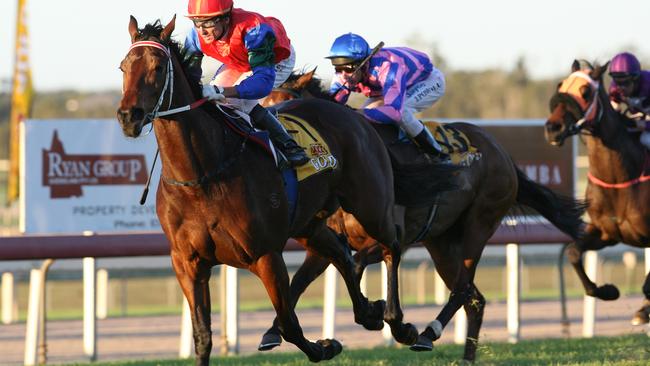
The rule-of-thumb is that old mares and old stallions tend to lose the power to transmit quality as they age. Statistics show that horses older than 15 produce fewer winners. But Vegas Magic was the exception to the rule and would prove the best of the lot … but she wasn’t the foal that Rogerson and his office manager Denise Howell had set out to breed.
It was their stallion Batavian’s second season at Corcoran’s stud in 2001, and they sent Vegas Magic and another undistinguished mare there to get in foal to him. They had a share deal with Corcoran to split any profits from Batavian.
Batavian was lucky just to be there, intact and in some demand, as relatively few racehorse colts get to be stud stallions. But his luck was not all good. Locked in his genes, along with the ability to gallop a little harder than most, Batavian carried a time bomb. He was descended on one side from a line of thoroughbreds prone to heart attacks.
If there is such a thing as a horse dying happy, Batavian did. The heart attack hit, as John Corcoran recalls it, while the stallion was serving his first mare of the new season.
Corcoran called Rogerson with the bad news — and a cunning plan to salvage at least one full service fee from the disaster. He didn’t want to lose both Rogerson’s mares so he told him Vegas Magic was in season, ready to breed, so should immediately be served by Corcoran’s own stallion (for a modest fee, of course) rather than miss the chance for several weeks while her owners looked around for another sire.
Corcoran’s other stallion was Al Akbar, a “bread and butter” horse even more humble than Batavian. A case of if you can’t be with the one you love, love the one you’re with.
Vegas Magic conceived and produced the beautiful racehorse that would become Winx’s mother, Vegas Showgirl. She would race nine times as a two-year-old, and win on both sides of the Tasman.

Her last win was on the Sunshine Coast in the winter of 2007. The same track where, eight years later, her second foal would also win — beginning the greatest winning streak in elite horse racing in more than a century.
But that wouldn’t have happened without the other bit of bad luck …
IT was a case of abscess makes the heart grow stronger. But it didn’t seem so promising when it happened.
Exactly seven months after being bought and sold at the 2013 Magic Millions yearling sales, being broken to saddle and educated to gallop, Vegas Showgirl’s unnamed daughter arrived at Chris Waller’s main stables at Rosehill.
Her arrival was no big deal. The leggy, “unfinished” filly looked a long way from making her racing debut, let alone be mentioned in the same breath as the world’s premier two-year-old race, the Golden Slipper. That first week, Waller mentioned to the owners she might have “a start as a 2YO” mainly for educational purposes. But within another week, he had changed his mind, sending a long message to the owners proposing to spell her briefly then prepare her for a start “pre-Christmas”.
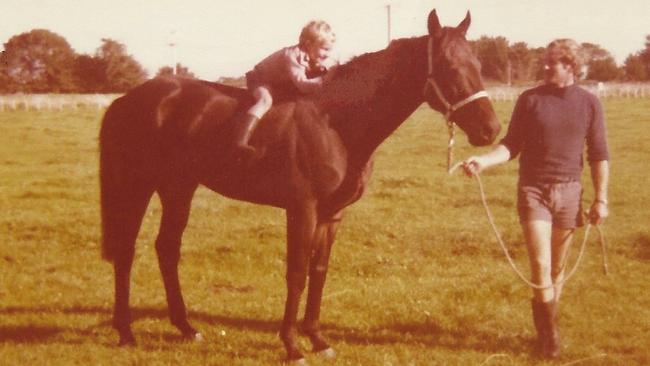
In just two weeks Sydney’s best trainer had gone from “won’t get too serious with her” to planning a race before Christmas — the traditional route to the early races used to gauge Gold Slipper candidates.
But fate, never far away in racing, took a twist. Instead of returning from the spelling paddock in five weeks to prepare for her debut, the newly-named filly developed a hoof abscess. At first, Waller hoped it wouldn’t delay her preparation but as weeks passed his messages to the owners grew increasingly downbeat. She was back in work in late November but by the second week of December, Waller told the owners the bad news: their filly needed to go to the paddock for complete rest while her hoof recovered.
Looking back, it’s hard to know if the hoof problem cost Winx an early win — or was a blessing in disguise. The answer is probably both but the enforced absence from the hurly burly of the track meant months of gentle exercise and time to grow.
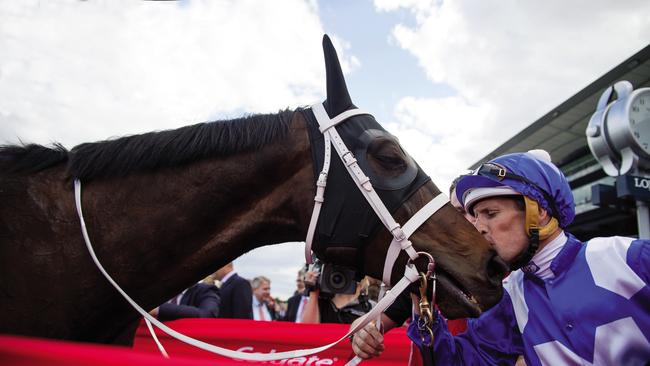
With 20/20 hindsight, Waller realises that if the young Winx hadn’t gone lame that Christmas, she would probably have run in the 2014 Gold Slipper in the autumn.
“Her class would have got her into the Slipper,” he told the author earlier this year. “But her form until she turned four suggests she wouldn’t have won it. She probably would have been just another runner — and it would have been a different story for her after that … she’s a better horse now than she would have been.”
THERE’S a great parallel between Winx’s breeder John Camilleri and Black Caviar’s breeder Rick “Harry the Hirer” Jamieson and his bloodstock agent Peter Ford. Like Jamieson, Camilleri is a fiercely competitive, independent businessman who studies pedigrees keenly. Like Jamieson, Camilleri has an astute horseman as an adviser on conformation.
Jamieson hit the jackpot when his adviser Ford spotted an unraced filly, Helsinge, that not only matched Jamieson’s pedigree markers but was also a superior physical specimen.
No one knows which bit was more “right” — the pedigree or the animal. The truth is, both were right or there would have been no Black Caviar. And that’s how it is with Winx, too. That’s the beauty of racing.

The bloodstock experts, professional horse watchers, need patrons to back their judgment. A patron such as Camilleri needs a second set of eyes to build a superior broodmare band. That’s where the amiable Irishman Peter O’Brien comes in.
Camilleri and O’Brien did this partly by applying the tough love shown by commercial breeders in other fields, from beef cattle to chooks to cabbages: they cull heavily to propagate desirable traits and minimise undesirable ones.
But even in the space age, the science of horse breeding still clings to some intuition, not to mention superstition. It’s about aesthetics as well as genetics, belief as well as biomechanics.
Camilleri the businessman analyses data then makes decisions, whereas O’Brien brings things born of experience that horse people call “eye” and “feel” and “touch”.
Using the “two heads are better than one” principle, they drew up lists of potential broodmare purchases, then compared notes. In the end, because Camilleri bankrolled the enterprise, he had the final say.

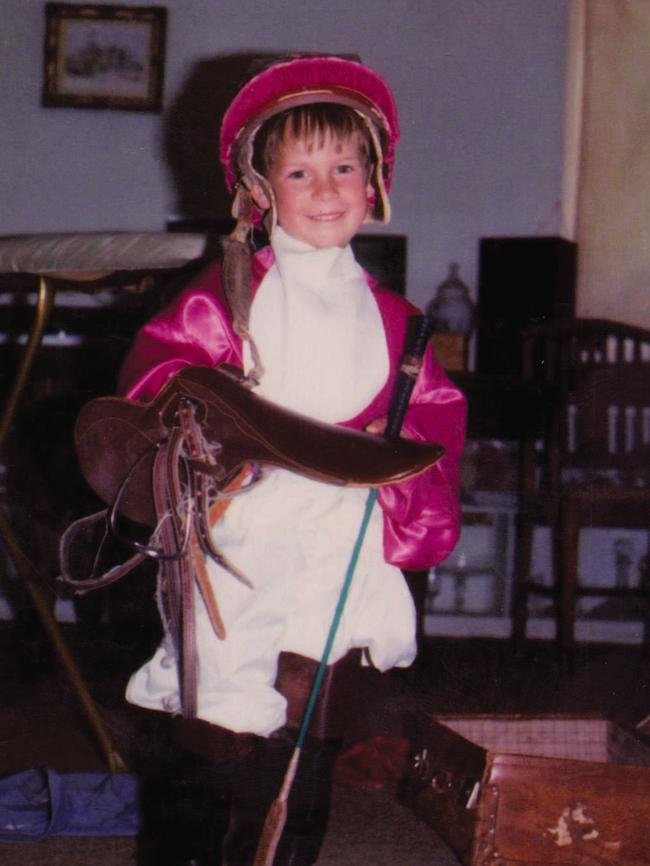
They went to the Gold Coast Magic Millions broodmare sale to look at mares. Camilleri was firm about what he wanted — depth of pedigree and good conformation above individual racetrack performance. He doesn’t mind an unraced mare if the rest of her credentials stack up.
Camilleri had made a list of well-bred mares for O’Brien to look over at the sale: he wanted the Irishman to check them in the flesh for “type” and their suitability to mother foals. This thoroughly rational plan, combining theory and practical knowledge, was fine right up until the moment they threw it out the window.
O’BRIEN was walking around the barns, working his way through his shopping list, when he glimpsed something that grabbed him. It was like falling in love at first sight.
“She was about four boxes away,” he recalls, when she was “pulled out” — led from her loosebox for someone to look at her walk around.
O’Brien couldn’t take his eyes off her. She was a big bay with a beautiful head and haunches to match: a New Zealand mare with an eye-catching frame to go with her ear-catching name, Vegas Showgirl.
O’Brien has seen many blueblood broodmares: aristocrats who have won classics or were bred from classic winners. But he’d never seen one more beautiful.
She was a film star among duchesses: athletic, gorgeous and maternal all at once.
Vegas Showgirl had galloping ability as well as looks. She was one of the better two-year-olds of her year and went on to win races at three and four. But she “didn’t have a pedigree”, says O’Brien, meaning she is not fashionably bred.
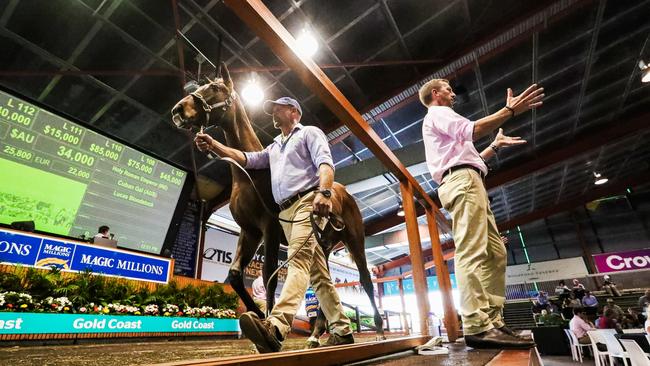
Her sire is Al Akbar, the tough but moderate Australian-bred racehorse who had percolated down to John Corcoran’s down-country stud where farmers and other small breeders sent mares to produce cheap home-bred gallopers.
O’Brien pleaded his case. There was no resistance from the man who has to foot the bill. Camilleri had fallen for the Showgirl, too.
“We are buying her,” he promised O’Brien.
So they did — but not without having to outbid several others who’d fallen under her spell.
Camilleri bid far past his intended limit and paid $455,000 — twice what she earned on the track, and twice the figure they estimated would buy her.
She was (still is) big and well-fleshed but not coarse or gross. O’Brien says he’s never seen a mare with better hips, meaning wider hips. Good for breeding and for galloping.
Vegas Showgirl walks with the lithe and nonchalant ease the horse watchers look out for: long and low and swinging, stepping through with no mincing or jigging. Part athlete, part burlesque.
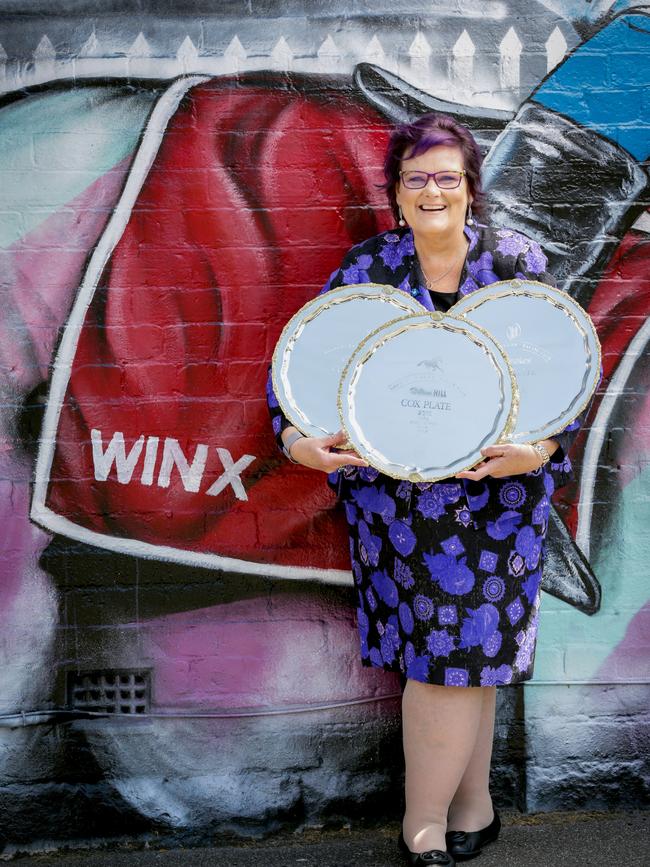

Gerry Harvey was underbidder, proof that the Harvey Norman and Magic Millions entrepreneur and his formidable wife and business partner Katie Page are often on the money.
But it was Camilleri’s day.
Buying Vegas Showgirl came at a cost, however — it holed the budget so much Camilleri did not bid on a mare on their list. Her name was Regard, and she went on to produce the multiple Group winner Atlantic Jewel.
To have earmarked both Vegas Showgirl and Regard at the same sale proves the cheerful Irishman and the tycoon were in top form. They chose the right one. As good as Regard is, Vegas Showgirl has proven better. Her second foal became the best racehorse in the world and one of the best of all time.
From Winx: The Authorised Biography by Andrew Rule. Allen & Unwin. RRP $44.95
READER OFFER
Be one of the first 100 readers to buy Winx: The Authorised Biography for $36.99, and receive a copy signed by Andrew Rule. Order online at heraldsun.com.au/shop or post a cheque/money order to: Herald Sun Shop, PO Box 14730, Melbourne VIC 8001.
WIN
Win one of five copies of Winx: The Authorised Biography written by Herald Sun senior journalist Andrew Rule (Allen and Unwin). The books, valued at $44.95 each, are signed by the author and Winx’s owners Peter and Patty Tighe, Richard Treweeke and Debbie Kepitis.
Go to heraldsun.com.au/competitions and enter the code: ANDREW RULE
Entries close at 11.59pm on Wednesday, October 24. Winners drawn at 10am on Thursday, October 25, and will be notified via email.




